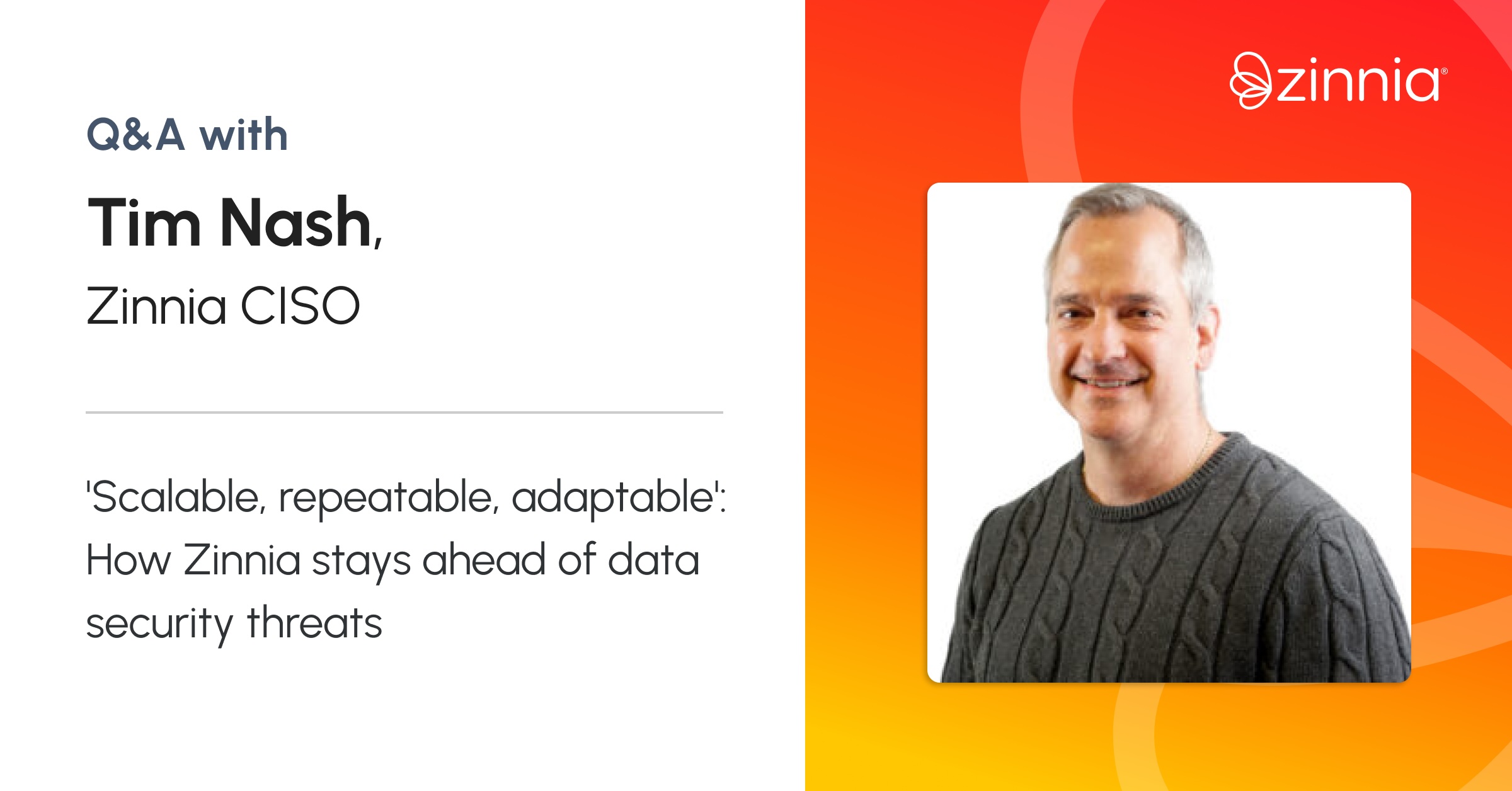The ability to adapt and embrace change is more important than ever in the insurance industry, as market conditions and consumer demands shift rapidly. Industry experts Keith Raymond, principal analyst for Celent; Jordan Teel, CEO of Everly Life Insurance Company; and Kevin Fusick, head of enterprise sales for Zinnia, explained how insurance leaders can navigate these changes in a Jan. 23 webinar.
They shared how insurers can make speed-to-market an advantage, how to keep pace with accelerating digital innovations, and what’s next in the insurtech space.
Here are three key takeaways from the discussion:
1. Get From Concept to Market Quickly
Market conditions can shift rapidly. Fluctuations in Interest rates, the investing environment, and consumer tastes can dampen demand for a new annuity product in the time it takes to launch — or faster-moving competitors can strike first. Insurers need solutions that help them launch products quickly, ideally with limited capital investment.
Fusick said some companies struggle with inertia: They have an established way of working, but when it comes time to pivot and launch a new product quickly, those established ways of working slow them down. One way to free up resources is to bring in a TPA partner that specializes in bringing products to market quickly while maintaining a high level of service.
That’s because speed isn’t only important at launch. Carriers need to have the capacity to handle all the business they get after a successful launch. Zinnia helped a tier one carrier accomplish this by implementing workflow automations, which reduced time to issuance by over 50% and reduced not-in-good-order (NIGO) resolution times by 20% to 35%.
2. Use Data and Technology to Power Growth
Keeping pace with technology is a full-time job for insurance leaders, said Raymond. Customers today expect high-quality digital experiences, and insurance carriers have to keep pace.
“Advances in tech, such as generative AI, only add to the pressure of keeping pace,” Raymond said.
While bigger carriers have the capital and in-house skills to build new tech on their own, smaller carriers tend to rely on outside partners to help them get up to speed. Raymond says many Celent clients are looking for partners making investments in AI.
Understanding data can help carriers understand where to make tech investments. Data can help a carrier pinpoint the pain points in its operations. Fusick said Zinnia employs data and AI to speed up call center resolutions by summarizing calls and providing feedback to call center agents and managers.
Having data is one thing. Harnessing it is another.
“A lot of companies have a ton of data and using it can be a challenge,” Fusick said.
Without the right data strategy, architecture, or talent, it can be difficult to understand what the data is telling you. Having an outside partner can help, especially in letting you know how your performance compares to the wider market.
Unlocking data so that it’s “surfaceable, insightable, and actionable,” can help inform new products, help them get built, and built faster, Teel said.
3. Find the Perfect Partner
Teel rates vendors on a scale, and at the very top is a “perfect partner” — someone adaptable, who can deliver on today’s product roadmap and help your company scale in the future. A good partner brings knowledge into your organization, he said.
Bringing in the right partner can help an insurer focus on its strengths. Many carriers come to Zinnia because their strengths aren’t in building new technology, Fusick said.
“Building technology is difficult,” he said. “It takes a lot of time and investment to get these features correct and that you’re approaching these problems in the right way.”
But it’s not easy to pick the right partner, Teel said. One thing Everly does is bring partners in earlier in the planning process for new projects, explain the outcome they want to achieve, and work together with a partner to come up with the best way to achieve that solution.
“Bring someone in early and pressure test the solution — not to prove that it’s wrong but to prove that it can be used again and again,” Teel said.




